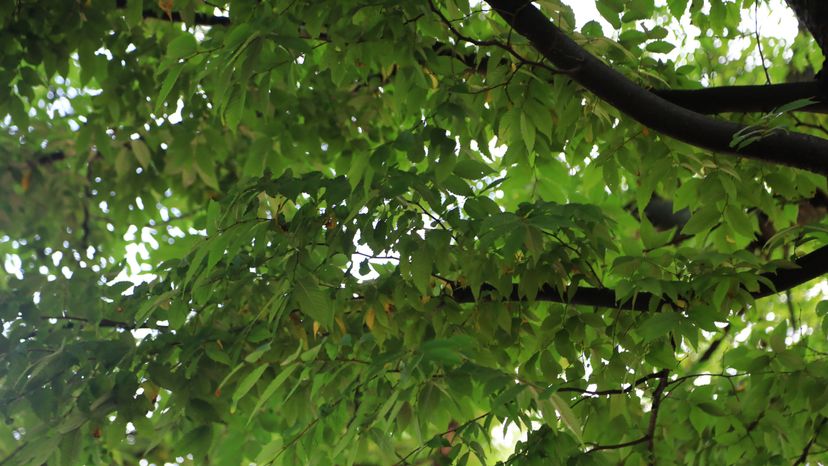
Japanese zelkova tree has often been promoted as a substitute for the American elm (Ulmus americana), now largely eliminated as a landscape tree because of its susceptibility to Dutch elm disease. While the Japanese zelkova doesn't have quite the charm of the American elm, it is an attractive tree and well worth planting.
: This is a fast-growing, roundheaded tree in its youth, becoming moderate in growth in middle age and taking on a vaselike silhouette. It can reach up to 50 feet in height. The bark, chenylike on younger trees, exfoliates on older trees, leaving an attractively mottled pattern. The deciduous leaves are similar to those of an elm, but smaller. They turn yellow or yellow-brown in the fall.
Advertisement
Growing Japanese zelkova tree: The Japanese zelkova is easily transplanted. It prefers moist, deep soil and full sun. It is wind and drought resistant once established and is not bothered by air pollution. Susceptible to some elm diseases and pests, it is generally immune to Dutch elm disease.
: This is a good choice for a lawn or street tree, providing good shade quickly.
Related varieties of Japanese zelkova tree: Village Green is a selection with a particularly elmlike form and rusty red fall leaves. Green Vase is similar but much faster growing. It has orange fall leaves.
Scientific name of Japanese zelkova tree: Zelkova serrata
Advertisement